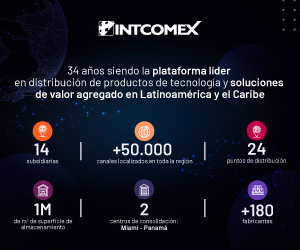According to a recently released report from Fact.MR, a leading provider of market research and competitive intelligence, the global Smart Grid Sensor Market has achieved a scale of US$ 587.3 million in 2023 and is anticipated to witness substantial growth at a noteworthy CAGR of 15.1% throughout the forecast period (2023 to 2033).
Smart grid sensors play a pivotal role in reshaping the energy landscape towards a sustainable future. They are integral in the modernization of electrical grids and addressing the challenges posed by a dynamic energy environment. These innovative sensors deliver real-time data crucial for optimizing energy distribution, integrating renewable energy sources, and improving grid reliability.
As the world increasingly focuses on sustainability and environmental stewardship, smart grid sensors are propelling the shift towards a cleaner and more efficient electrical grid. They contribute to the reduction of carbon emissions, supporting a resilient energy future. Smart grid sensors actively monitor and control grid operations, enable demand response, and facilitate the integration of electric vehicles. Thus, they emerge as indispensable components in establishing a sustainable, reliable, and environmentally responsible energy infrastructure for the years ahead.
Key Takeaways from Market Study
· The global smart grid sensor market is projected to expand at 15.1% CAGR and reach US$ 1.87 billion by 2033-end.
· The market was valued at US$ 520.4 million in 2022, after expanding at a CAGR of 11.3% from 2018 to 2022.
· Sales of voltage/temperature smart grid sensors are projected to increase at a CAGR of 17.3% through 2033.
· The United States market for smart grid sensors is predicted to expand at a CAGR of 17% during the forecast period (2023 to 2033).
Market Growth Developments
Market players are adopting various strategies to strengthen their position and capitalize on emerging opportunities. Some of these strategies include identifying the target, advancing the technology, expanding their innovation, and increasing environmental sustainability, production, procurement, and supply chain. Establishing strategic partnerships with other industry stakeholders to access new markets and distribution channels.
Companies are also investing in marketing and branding efforts to raise awareness about the benefits of their products and differentiate themselves from competitors. By pursuing these growth strategies, market players aim to foster sustainable growth, gain a competitive edge, and meet market demands.
In 2023, the United States market is valued at US$ 128.5 million and is anticipated to grow at a compound annual growth rate (CAGR) of 15.9% from 2023 to 2033.
Smart grid sensors offer a multitude of advantages in the pursuit of carbon-neutral electricity in the United States. They facilitate the integration of renewable energy sources by monitoring their output and ensuring efficient distribution. These sensors provide real-time data on grid performance and electricity consumption, empowering decision-makers to make informed choices and reduce energy wastage.
Smart grid sensors also play a pivotal role in supporting demand-response programs, incentivizing the use of cleaner energy sources, and bolstering grid resilience. Therefore, investments in smart grid sensors, alongside other clean energy technologies and policies, are imperative for the United States to attain its goal of achieving carbon pollution-free electricity.
More Valuable Insights on Offer
Fact.MR, in its new offering, presents an unbiased analysis of the smart grid sensor market, presenting historical market data for 2018 to 2022 and forecast statistics for 2023 to 2033.
The study reveals essential insights based on sensor (voltage/temperature smart grid sensors, outage detection smart grid sensors, transformer monitoring smart grid sensors, dynamic line rating smart grid sensors, others), application (smart energy meters, SCADA, advanced metering infrastructure [AMI], others), and end user (public grid operators, private grid operators), across major regions of the world (North America, Latin America, East Asia, South Asia & Pacific, Western Europe, Eastern Europe, and the Middle East & Africa).





